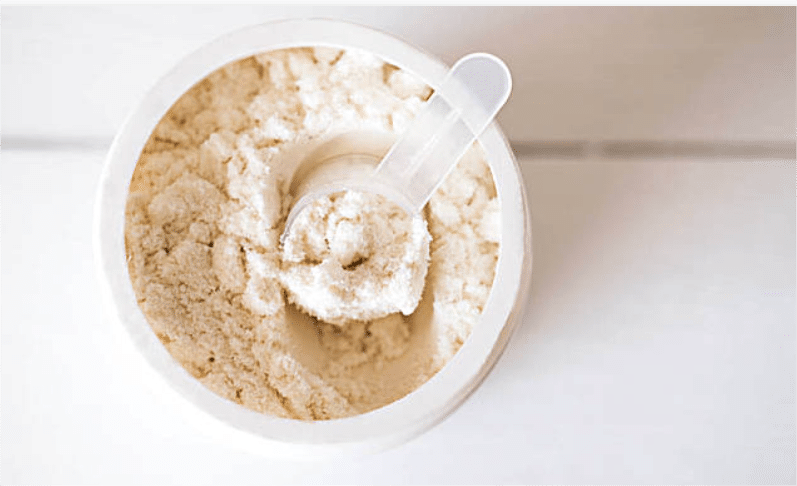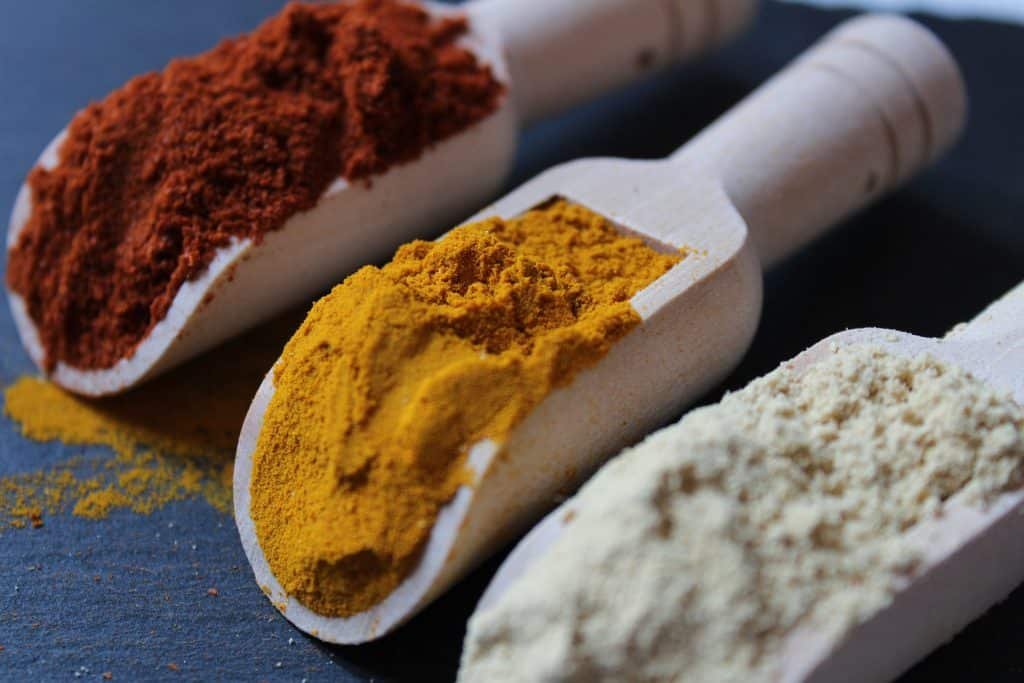Understanding Hydrolyzed Keratin: The Ultimate Guide for B2B Buyers
In the beauty and personal care industry, ingredients are everything. One powerhouse ingredient that has caught the attention of formulators and consumers alike is hydrolyzed keratin. Known for its prominent role in hair care products, hydrolyzed keratin has a lot to offer beyond its glossy appeal. If you’re a B2B buyer or a business looking to understand this ingredient in depth, you’ve come to the right place. Let’s explore the ins and outs of hydrolyzed keratin, from what it is to how it works—and why it should be on your radar.
What is Hydrolyzed Keratin?
To kick things off, let’s answer the burning question: what is hydrolyzed keratin? Essentially, hydrolyzed keratin is a form of keratin—the fibrous protein that makes up our hair, skin, and nails. Through a hydrolysis process, this protein is broken down into smaller peptides, making it more readily absorbed into hair and skin. This transformation allows for enhanced benefits in various formulations, especially shampoos, conditioners, and treatments promising stronger, shinier hair.
Key Characteristics of Hydrolyzed Keratin
- Alternative Names: Hydrolyzed keratin may also be known simply as keratin or keratin peptides in some contexts.
- Latin Name: Keratin proteins are derived from various animal sources, primarily from hooves, feathers, and horns.
- CAS Number: Unlike synthetic ingredients, hydrolyzed keratin typically does not have a unique CAS number, as it can vary based on its source and processing methods.
Hydrolyzed keratin generally conforms to food and health production standards, depending on its intended use. It’s usually a white to off-white powder or liquid form, offering a slight odor characteristic of protein products. The solubility in water greatly enhances its application scope, integrating seamlessly into various formulations.
Production and Sourcing
The production of hydrolyzed keratin follows a few key steps:
- Sourcing Raw Keratin: High-quality sources, such as the hooves of livestock or feathers from poultry products, are essential for optimal efficacy.
- Hydrolysis Process: Through either acid or enzyme hydrolysis, whole keratin proteins are broken down, creating smaller, more manageable peptidic forms that can penetrate the hair shaft effectively.
- Concentration and Filtration: The resulting solution is concentrated, filtered, and dried into powder form or kept in liquid form for direct use in formulations.
Versatility and Applications
Hydrolyzed keratin is a versatile ingredient, finding its way into various market segments:
- Hair Care Products: This is perhaps its most common application. Products formulated with hydrolyzed keratin offer benefits such as improved elasticity, enhanced shine, and damage repair. Business owners often wonder, does hydrolyzed keratin straighten hair? While it doesn’t permanently straighten hair, it can smooth and tame frizz for a sleeker look.
- Skin Care Products: Thanks to its moisturizing properties, hydrolyzed keratin also appears in lotions and creams, providing hydration and improving skin texture.
- Nail Care Products: It’s also used in nail treatments to strengthen and nourish brittle nails.
Benefits of Hydrolyzed Keratin
Let’s dive into the key benefits of incorporating hydrolyzed keratin into your products:
- Strengthens Hair: Hydrolyzed keratin penetrates the hair shaft, delivering essential amino acids that help strengthen and repair damaged hair.
- Reduces Frizz and Breakage: As a protective barrier, this ingredient helps to smooth hair cuticles, significantly reducing frizz and breakage for healthier-looking locks.
- Improves Shine and Manageability: Products with hydrolyzed keratin often leave hair looking shinier and more manageable, which is a significant selling point for consumers.
- Hydration: The moisturizing properties of hydrolyzed keratin benefit both hair and skin, making formulations more appealing to consumers seeking multifunctional products.
Is Hydrolyzed Keratin Safe?
Generally, hydrolyzed keratin is considered safe for topical application. However, as with any ingredient, some users may experience sensitivity or allergic reactions. Testing on a small skin area before widespread use can mitigate these risks.
Clinical Research and Efficacy
Recent studies have explored the efficacy of hydrolyzed keratin in hair care products. Significant results show that using hydrolyzed keratin consistently over time improves hair health and appearance. In clinical settings, participants reported noticeable improvements in hair smoothness and overall health, further supporting its use in formulations.
Regulatory Landscape
Regulations surrounding hydrolyzed keratin can differ from country to country:
- United States: Considered a cosmetic ingredient, hydrolyzed keratin must comply with the FDA’s guidelines for safety and labeling.
- European Union: Similarly, products containing hydrolyzed keratin are regulated under EU cosmetic regulations, emphasizing ingredient transparency and customer safety.
- Asia and Beyond: Countries like Japan and South Korea also have stringent regulations for cosmetic ingredients, requiring thorough testing and documentation for safety and efficacy claims.
Market Trends and Future Outlook
Hydrolyzed keratin is more than just a passing trend; its market presence is robust:
- The global market for keratin-related products continues to expand, with annual growth rates suggesting a healthy increase in demand.
- Reports indicate that hydrolyzed keratin products are prominently featured in both luxury and mainstream brands, appealing to a broad consumer base.
As consumers continue to prioritize hair health, the demand for hydrolyzed keratin in hair care formulations is likely to grow, providing ample opportunity for B2B brands to innovate and expand their product offerings.
Choosing the Right Supplier
When selecting a supplier for hydrolyzed keratin, consider these important factors:
- Quality Certifications: Look for suppliers with certificates such as ISO, KOSHER, or HALAL, indicating their commitment to quality and safety.
- Source Transparency: Suppliers should clearly state where they source their keratin and the processes used in production.
- Customer Support: A reliable supplier should offer robust customer service to support businesses in formulating successful products.
FAQ: Hydrolyzed Keratin
Here are some frequently asked questions that B2B buyers often have regarding hydrolyzed keratin:
- What is hydrolyzed keratin?
- How is hydrolyzed keratin processed?
- What benefits does hydrolyzed keratin offer?
- Is hydrolyzed keratin suitable for all hair types?
- Can hydrolyzed keratin be used in skin care?
- What is the recommended dosage for supplements?
- How long does it take to see results from products containing hydrolyzed keratin?
- Are there any side effects associated with hydrolyzed keratin?
- What formulations commonly include hydrolyzed keratin?
- How do I verify the quality of hydrolyzed keratin?
Conclusion
Hydrolyzed keratin is undeniably a game-changer in the beauty and cosmetics industry, offering multiple benefits that extend beyond just hair care. Its strength lies in its ability to enhance formulations, making products more effective and appealing to consumers.
For businesses eager to explore the potential of hydrolyzed keratin, Gensei Global Industries provides high-quality, HALAL-certified hydrolyzed keratin products. If you’re interested in sourcing reliable hydrolyzed keratin, don’t hesitate to contact us at sales@collagensei.com. We have two large warehouses in California and New York to ensure your procurement needs are met efficiently. With over a thousand products and a commitment to quality and customer service, we’re here to support your success in the health and beauty market.
Embrace the power of hydrolyzed keratin, and watch your product line flourish!




